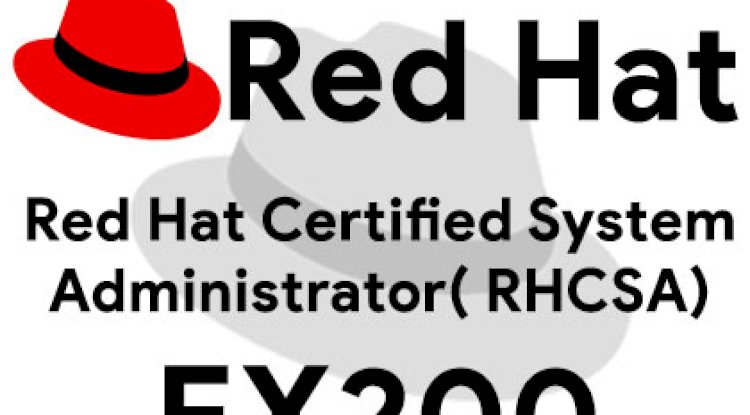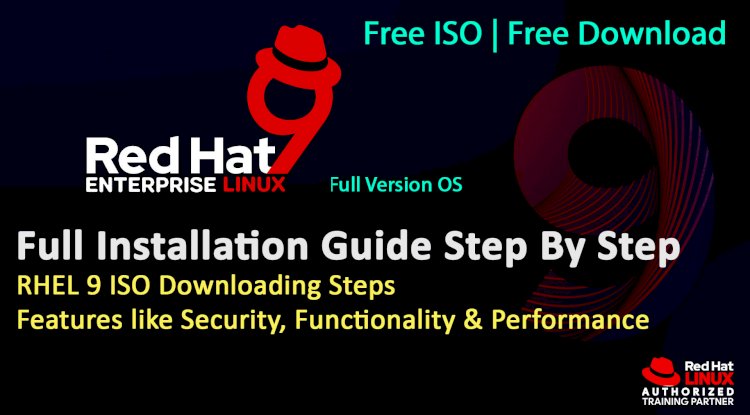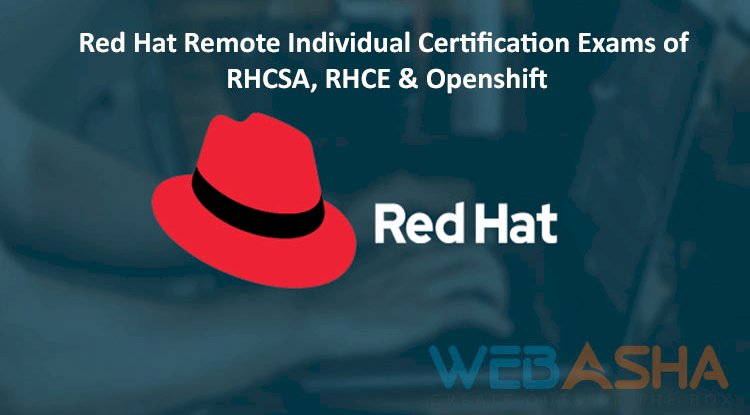OpenAI Introduces AI Image Generation in ChatGPT | A Game-Changer for Creativity and Content Creation with GPT-4o
OpenAI has unveiled a groundbreaking AI image generation feature in ChatGPT, integrated with GPT-4o, its most advanced AI model. This new capability enables users to create detailed, high-quality images by simply providing text descriptions, making visual content creation more accessible and efficient. Sam Altman, OpenAI’s CEO, has called this an incredible product, emphasizing its potential for creative expression, marketing, education, and game development. Unlike previous AI models that struggled with text rendering and object consistency, GPT-4o ensures greater accuracy, improved object placement, and real-time editing. The feature is now rolling out to Plus, Pro, Team, and Free users, with future availability for Enterprise and Education users. OpenAI has also implemented strict safety measures, including metadata tagging and AI content verification, to prevent misuse. Despite some limitations in handling non-Latin languages and complex modifications, OpenAI is actively w

Table of Contents
- Introduction
- Understanding OpenAI’s AI Image Generation Feature
- Key Features of OpenAI’s AI Image Generator
- Advantages of OpenAI’s AI Image Generator
- Security Measures and Ethical Considerations
- Challenges and Limitations
- Availability and Future Plans
- Real-World Applications of AI Image Generation
- The Impact of AI Image Generation on Creativity
- Conclusion
- FAQs:
Introduction
OpenAI has introduced a revolutionary AI image generation feature in ChatGPT, powered by the advanced GPT-4o model. This new capability enables users to generate high-quality images directly within ChatGPT by providing simple text descriptions. The feature is now being rolled out to Plus, Pro, Team, and Free users, with plans to extend access to Enterprise and Education users in the near future.
Sam Altman, OpenAI’s CEO, described this new feature as an “incredible product” that takes AI creativity to new levels. Unlike earlier models that struggled with accurate object placement and text rendering, GPT-4o ensures a more refined and detailed image generation process.
This blog explores the details of OpenAI’s AI image generator, how it works, its key features, real-world applications, and its impact on creative industries.
Understanding OpenAI’s AI Image Generation Feature
The image generation tool in ChatGPT allows users to create unique AI-generated visuals by simply describing them in text. Unlike previous AI models that had limitations in handling multiple objects, maintaining consistency, and accurately rendering text, GPT-4o has been designed to address these challenges effectively.
For example, if you describe:
"A futuristic city skyline at night with neon lights and flying cars,"
the AI will generate a visually stunning image based on the description.
How OpenAI’s AI Image Generator Works
-
Understanding the User Prompt
-
The AI analyzes the text input to extract key elements such as objects, themes, colors, and styles.
-
It identifies the spatial relationships between different objects to ensure a coherent composition.
-
-
Generating the Initial Image
-
The AI creates a rough draft of the requested image.
-
It refines details such as lighting, depth, textures, and object clarity.
-
-
Refining and Editing
-
Users can modify the generated image by giving additional instructions.
-
Changes such as color adjustments, object repositioning, or detail enhancements can be applied seamlessly.
-
For example, if a user generates an image of a medieval castle in a valley but wants to add storm clouds and lightning in the background, they can simply ask the AI to make these changes without regenerating the entire image.
Key Features of OpenAI’s AI Image Generator
-
Accurate Text Rendering – GPT-4o has improved text generation capabilities, making it ideal for logos, signs, and banners.
-
Detailed Object Placement – The model correctly places multiple objects in an image, ensuring a more natural look.
-
Real-Time Editing – Users can adjust specific details without restarting the entire generation process.
-
Multimodal Capabilities – GPT-4o understands and processes both text and images, making it useful for design and storytelling.
-
Enhanced Visual Consistency – The AI ensures that elements remain uniform and coherent across different iterations.
Advantages of OpenAI’s AI Image Generator
-
Fast and Efficient – Users can generate high-quality images instantly, saving time in design and content creation.
-
Cost-Effective – Eliminates the need for professional designers in basic visual tasks.
-
Highly Customizable – The AI adapts to different artistic styles, themes, and requirements.
-
Seamless Integration – The tool is available directly within ChatGPT for easy access.
-
Ideal for Various Industries – Supports marketing, game design, education, e-commerce, and entertainment.
Security Measures and Ethical Considerations
To prevent misuse, OpenAI has implemented several safety features:
-
Metadata Tagging (C2PA) – All AI-generated images are watermarked with metadata, ensuring transparency.
-
Content Verification Tools – OpenAI has introduced an internal search system to detect and verify AI-generated content.
-
Strict Moderation Policies – Safeguards are in place to prevent the creation of harmful content, including deepfakes and explicit material.
Challenges and Limitations
Despite its advancements, GPT-4o still has certain limitations:
-
Difficulty in Handling Non-Latin Languages – Text in Chinese, Arabic, or Hindi may not render as accurately.
-
Cropping Issues – Some images, especially long-form visuals like posters, may be improperly cropped.
-
Complex Image Modifications – The AI sometimes struggles to edit specific portions of an image without affecting surrounding elements.
-
Detail Accuracy – Highly intricate images may still lack fine detail in some areas.
To address these issues, OpenAI is actively working on improving text rendering, precision editing, and visual consistency.
Availability and Future Plans
The image generation feature is currently being rolled out to:
-
Plus, Pro, Team, and Free users in ChatGPT.
-
Enterprise and Education users will receive access soon.
-
API access for developers is expected in the coming weeks, allowing businesses and creators to integrate this technology into their workflows.
Real-World Applications of AI Image Generation
-
Graphic Design – Artists and designers can create custom illustrations, concept art, and posters effortlessly.
-
Marketing and Branding – Companies can use AI-generated images for advertisements, logos, and social media content.
-
Game Development – Developers can generate characters, environments, and game assets quickly.
-
Education and Research – Teachers and students can create infographics, historical reconstructions, and learning materials.
-
E-Commerce and Product Visualization – Businesses can showcase product prototypes and digital mockups without expensive photography.
For example, an e-commerce startup could use GPT-4o to generate high-quality product images, saving on professional photography costs while maintaining a polished brand image.
The Impact of AI Image Generation on Creativity
The introduction of AI-generated visuals in ChatGPT represents a major leap in creative technology. It democratizes digital art, making high-quality visuals accessible to everyone, from professionals to casual users.
-
Freelancers and startups can create stunning designs without hiring graphic designers.
-
Marketing teams can generate ad visuals and promotional content instantly.
-
Writers and content creators can enhance their blogs and articles with custom illustrations.
By streamlining the design process, AI frees up time for more creative experimentation, allowing individuals and businesses to explore new artistic possibilities.
Conclusion
OpenAI’s new AI image generator in ChatGPT is a game-changing tool that enhances creativity, efficiency, and accessibility in visual content creation. Powered by GPT-4o, this feature allows users to generate high-quality images with greater accuracy, flexibility, and control than ever before.
As OpenAI continues to improve its capabilities and address limitations, AI-driven image generation is set to revolutionize industries like graphic design, marketing, education, and game development.
With its commitment to safety, transparency, and user control, OpenAI ensures that this powerful tool remains responsible, ethical, and beneficial for creative professionals and everyday users alike.
FAQs:
What is OpenAI’s new AI image generation feature?
OpenAI’s AI image generator is a tool within ChatGPT that allows users to create custom AI-generated images by describing them in text.
Which AI model powers the image generation feature?
The feature is powered by GPT-4o, OpenAI’s most advanced AI model, capable of understanding and generating visual content with high accuracy.
How does the AI generate images?
GPT-4o analyzes the user’s text prompt, extracts key details, and generates an image based on the described elements, ensuring accuracy and coherence.
What are the key benefits of AI-generated images in ChatGPT?
-
Fast and efficient image creation
-
Customizable visuals for different needs
-
No design skills required
-
Useful for marketing, design, education, and more
How is this different from previous AI image generators?
Unlike older AI models, GPT-4o can accurately render text, maintain object consistency, and allow real-time image modifications without starting over.
Can users edit AI-generated images?
Yes, users can refine and modify images by providing additional instructions, such as changing colors, repositioning objects, or adjusting lighting.
What industries will benefit from AI-generated images?
-
Graphic design and illustration
-
Marketing and advertising
-
E-commerce product visualization
-
Education and research
-
Game development
Does the AI support multiple objects in one image?
Yes, GPT-4o can accurately place 10-20 different objects in an image while maintaining proper spatial relationships.
Can AI-generated images include text elements?
Yes, the AI can render text in images, such as signs and banners, more accurately than previous models.
What are the limitations of OpenAI’s image generator?
-
Struggles with non-Latin text rendering
-
Occasionally crops images incorrectly
-
May generate less detailed elements in complex images
Is there a risk of misuse with AI-generated images?
OpenAI has implemented strict safety measures, including metadata tagging, content verification, and moderation policies to prevent harmful content creation.
How does OpenAI prevent deepfake generation?
All AI-generated images include C2PA metadata for transparency, and OpenAI’s internal tools detect and flag inappropriate or policy-violating content.
Can businesses integrate this tool into their workflows?
Yes, OpenAI is rolling out API access so developers and businesses can use the AI image generator in their applications.
Who can currently access the AI image generator?
The feature is available to Plus, Pro, Team, and Free users, with Enterprise and Education access coming soon.
Can the AI generate images in different art styles?
Yes, users can specify artistic styles such as realistic, cartoon, anime, or abstract, and the AI will generate the image accordingly.
How accurate is the AI in generating facial features?
GPT-4o has improved facial consistency, but may still struggle with fine details in multiple iterations of the same face.
Does the AI create animated images or GIFs?
No, the current version only generates static images and does not support animations or GIFs.
How can users improve the quality of AI-generated images?
Providing detailed and specific prompts with clear descriptions of objects, lighting, and styles helps the AI create more accurate images.
What are some real-world examples of AI-generated images?
-
A travel company using AI to create promotional cityscape images
-
A game developer generating concept art for new characters
-
A teacher designing history lessons with AI-generated illustrations
Can AI-generated images be used for commercial purposes?
Yes, but users should review OpenAI’s policies on commercial usage and ensure the content complies with copyright guidelines.
What is the future of AI-generated images in ChatGPT?
OpenAI plans to enhance accuracy, improve fine details, and expand API access for more seamless integration into creative industries.
How does this technology impact traditional graphic designers?
AI-generated images assist designers by automating repetitive tasks, but human creativity is still needed for refinement, originality, and advanced design work.
Will AI replace human artists?
No, AI-generated images augment human creativity rather than replace it, allowing designers to focus on higher-level creative decisions.
How is OpenAI improving AI-generated images over time?
OpenAI is working on better text rendering, precision editing, and enhanced detail accuracy, addressing current limitations.
Can AI-generated images be used for social media content?
Yes, businesses and influencers can create engaging visuals for posts, ads, and branding materials using AI-generated images.
How do users report issues with AI-generated images?
Users can submit feedback to OpenAI through ChatGPT’s interface to help improve future iterations of the AI.
What ethical concerns are associated with AI-generated images?
-
Potential misuse for misinformation or propaganda
-
Concerns over originality and copyright
-
Need for clear guidelines on ethical AI use
How do AI-generated images compare to human-created artwork?
AI images are fast, customizable, and scalable, but lack the depth, creativity, and emotional nuance of human-made artwork.
Where can users access OpenAI’s image generation tool?
The feature is available in ChatGPT under GPT-4o, with API access coming soon for developers and businesses.













![Top 10 Ethical Hackers in the World [2025]](https://www.webasha.com/blog/uploads/images/202408/image_100x75_66c2f983c207b.webp)

![[2025] Top 100+ VAPT Interview Questions and Answers](https://www.webasha.com/blog/uploads/images/image_100x75_6512b1e4b64f7.jpg)








